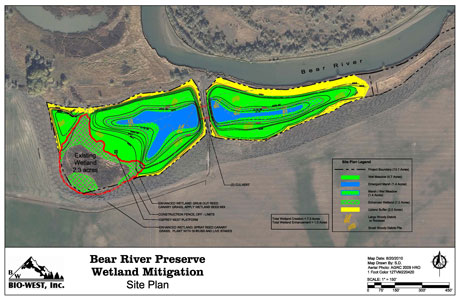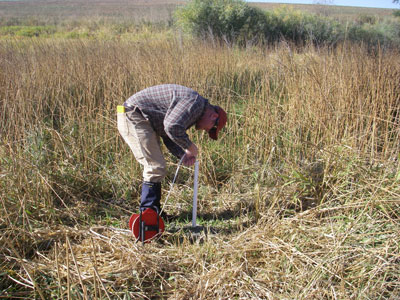Logan 1000 West Street Environmental Study
Logan 1000 West Street Environmental Study
The Utah Department of Transportation (UDOT) proposed to reconstruct approximately 7 miles of 1000 West Street in Logan, Utah (SR-252). The design and environmental evaluations for this project were conducted under a master contract between UDOT and Civil Science, Inc. As the environmental subcontractor, BIO-WEST was responsible for the environmental components of the design process, including providing services associated with public scoping, coordinating with agencies, evaluating environmental impacts, developing necessary mitigation measures, overseeing permitting, and preparing pertinent environmental documents (comparable to an Environmental Assessment) with appropriate technical reports. Because the proposed reconstruction of SR-252 required the use of state funds, the environmental documentation consisted of a Type B State Environmental Study; Type B is the documentation level for complex projects that require multiple alternatives evaluation and include public involvement. BIO-WEST completed the first Type B State Environmental Study for UDOT Region 1. For this study, BIO-WEST conducted detailed evaluations including noise impact and mitigation analyses, sensitive species analyses, a detailed social impact assessment, right-of-way acquisition impacts, a cultural resources inventory, a floodplains study, and a wetland delineation/assessment. BIO-WEST delineated wetlands in portions of the project area and obtained jurisdictional determination from the US Army Corps of Engineers. Project tasks included submitting and obtaining an individual Section 404 permit and developing mitigation for approximately 3 acres of wetland impacts. The mitigation included developing a working partnership with multiple agencies, conservation groups, and land owners. BIO-WEST prepared initial concept plans for a 12 acre wetland complex in conjunction with the partnering group. This involved determination of appropriate hydrology for permanent water connectivity through installation and monitoring of groundwater wells, evaluation of vegetation and soil characteristics, invasive species potential, landform constraints, and access logistics. BIO-WEST prepared the design and plan set for the creation of about 8 acres of wetlands and 1+ acre of enhancement, with a 2+ acre upland buffer. BIO-WEST also assessed potential habitat for threatened Ute ladies’-tresses (Spiranthes diluvialis) in the project area.




